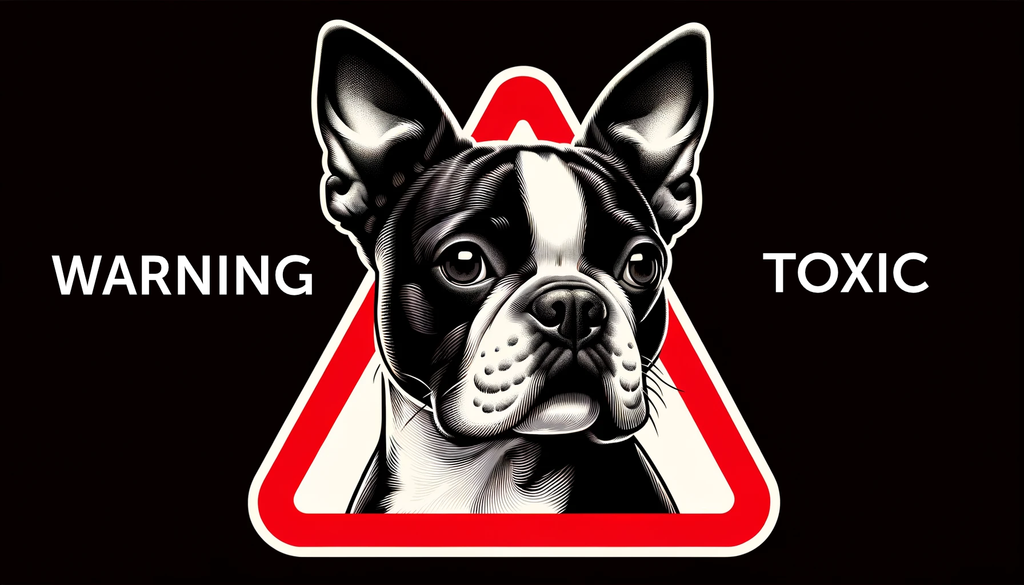
Xylitol, a sugar alcohol commonly used as a sweetener in various human foods, poses a significant risk to our furry friends. While it's safe for human consumption, even small amounts can be highly toxic to dogs. Recently, xylitol has been appearing under different names on ingredient labels, such as "birch sugar," making it more challenging for pet owners to identify and avoid.
Understanding Xylitol and Its Uses
Xylitol is a popular sugar substitute found in many products, including sugar-free gum, candies, baked goods, and toothpaste. It's also used in some medications and supplements. Xylitol is derived from natural sources like birch trees, corn, and other plants, which is why it's sometimes labeled as "birch sugar."
The Dangers of Xylitol to Dogs
When dogs ingest xylitol, it's rapidly absorbed into their bloodstream, leading to a swift release of insulin from the pancreas. This sudden surge of insulin causes a rapid decrease in blood sugar levels (hypoglycemia), which can occur within 10 to 60 minutes of ingestion. Symptoms of xylitol poisoning in dogs include:
- Vomiting
- Weakness
- Lack of coordination
- Seizures
- Lethargy
- Collapse
In severe cases, xylitol ingestion can lead to liver failure and even death. It's crucial to be aware that the toxic dose of xylitol for dogs is much lower than that for humans. Even small amounts can be dangerous, with as little as 50 milligrams of xylitol per pound of body weight being enough to cause hypoglycemia.
The Challenge of Labeling
One of the challenges in preventing xylitol poisoning in dogs is the way it's labeled on products. As awareness of xylitol's dangers has grown, some manufacturers have started using alternative names like "birch sugar" to describe the sweetener. This can make it harder for pet owners to recognize the presence of xylitol in products and avoid them.
It's essential for dog owners to read ingredient labels carefully and be aware of all the names that xylitol can be listed under. If you're unsure about a product, it's best to err on the side of caution and avoid giving it to your dog.
What to Do If Your Dog Ingests Xylitol
If you suspect that your dog has ingested xylitol, it's crucial to act quickly. Contact your veterinarian or an emergency animal hospital immediately. Time is of the essence in these situations, as early treatment can be lifesaving.
Treatment for xylitol poisoning typically involves inducing vomiting (if the ingestion was recent), providing intravenous fluids to maintain blood sugar levels and support liver function, and monitoring for any signs of liver damage.
Prevention is Key
The best way to protect your dog from xylitol poisoning is to prevent exposure in the first place. Keep all products containing xylitol, including those labeled as "birch sugar," out of your dog's reach. Educate your family and friends about the dangers of xylitol to dogs and the importance of keeping such products away from pets.
When choosing treats and snacks for your dog, opt for products specifically made for pets, as these are less likely to contain harmful ingredients like xylitol. Always read labels carefully and consult your veterinarian if you have any concerns about a particular product.
Conclusion
Xylitol, now increasingly labeled as "birch sugar," presents a hidden danger to our canine companions. Its toxicity to dogs cannot be overstated, and the changing labels make it even more challenging for pet owners to identify and avoid. By staying informed, reading labels diligently, and taking preventive measures, we can protect our beloved pets from the potentially lethal effects of xylitol ingestion.

